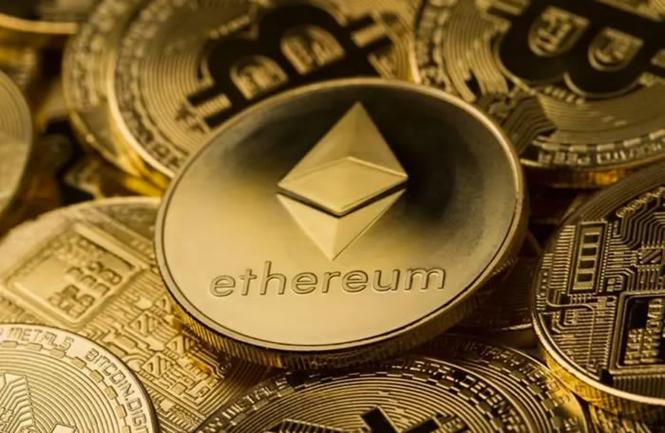
Crypto ETH Gas Fees: A Comprehensive Guide
Understanding Ethereum gas fees is crucial for anyone looking to engage with the Ethereum network. Gas fees are the cost associated with executing transactions on the Ethereum blockchain. These fees are paid in Ether (ETH), the native cryptocurrency of the Ethereum network. In this article, we will delve into the various aspects of Ethereum gas fees, including their calculation, factors affecting them, and strategies to manage them effectively.
How are Gas Fees Calculated?
Gas fees are calculated based on two main components: the gas price and the gas limit. The gas price is the amount of Ether you are willing to pay per unit of gas. The gas limit is the maximum amount of gas you are willing to use for a transaction. The total gas fee is the product of these two values.

| Component | Description |
|---|---|
| Gas Price | The amount of Ether you are willing to pay per unit of gas. |
| Gas Limit | The maximum amount of gas you are willing to use for a transaction. |
| Total Gas Fee | The product of the gas price and the gas limit. |
It’s important to note that the gas price is set by you, the user, and can vary based on network congestion. The gas limit, on the other hand, is determined by the complexity of your transaction. Transactions with more complex operations, such as smart contracts, will typically have a higher gas limit.
Factors Affecting Gas Fees
Several factors can influence Ethereum gas fees, making them highly dynamic. Here are some of the key factors to consider:
-
Network Congestion: When the Ethereum network is busy, gas fees tend to rise. This is because there are more transactions competing for limited network resources.
-
Transaction Complexity: Transactions that require more computational resources, such as smart contracts, will have higher gas fees.

-
Block Size: The size of a block can also impact gas fees. Larger blocks may lead to higher fees as they require more gas to process.
-
Time of Day: Gas fees can vary throughout the day, with higher fees often observed during peak hours.
Strategies to Manage Gas Fees
Managing gas fees effectively is essential for a smooth and cost-efficient experience on the Ethereum network. Here are some strategies to consider:
-
Monitor Gas Fees: Keep an eye on current gas fees using various online tools and platforms. This will help you make informed decisions about when to send your transactions.
-
Optimize Transaction Complexity: Minimize the complexity of your transactions by using efficient smart contracts and reducing unnecessary operations.
-
Use a Gas Price Calculator: Tools like EthGasStation can help you estimate the optimal gas price for your transaction based on current network conditions.
-
Batch Transactions: If you have multiple transactions to send, consider batching them together to reduce the overall gas cost.
-
Wait for Off-Peak Hours: Sending transactions during off-peak hours can help lower gas fees.
By understanding the factors that influence gas fees and implementing these strategies, you can effectively manage your Ethereum gas expenses and ensure a seamless experience on the network.
Conclusion
Ethereum gas fees are an integral part of the network’s functionality, and understanding them is crucial for anyone looking to interact with the Ethereum blockchain. By familiarizing yourself with the calculation process, factors affecting fees, and strategies to manage them, you can navigate the Ethereum network with confidence and efficiency.





